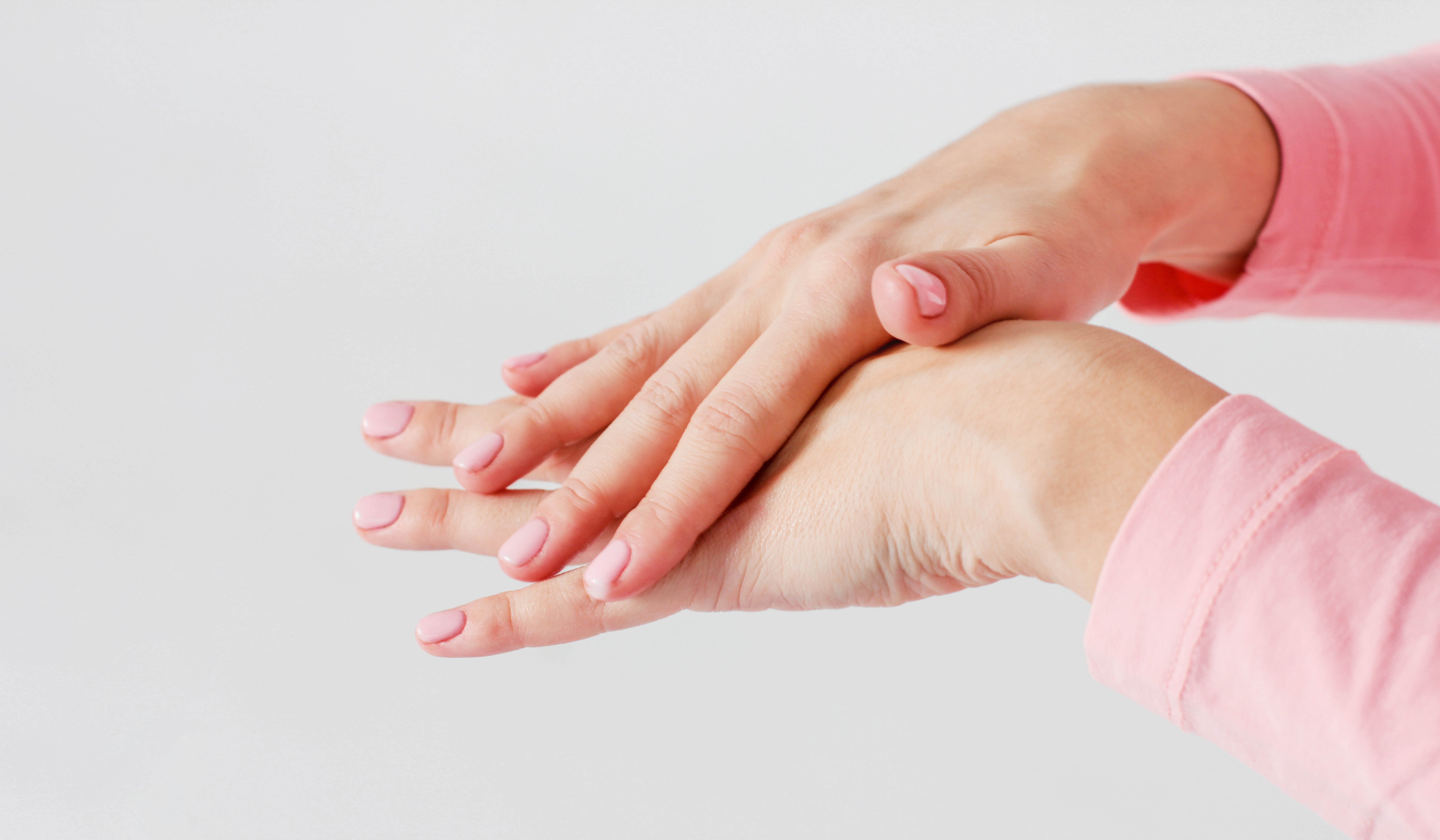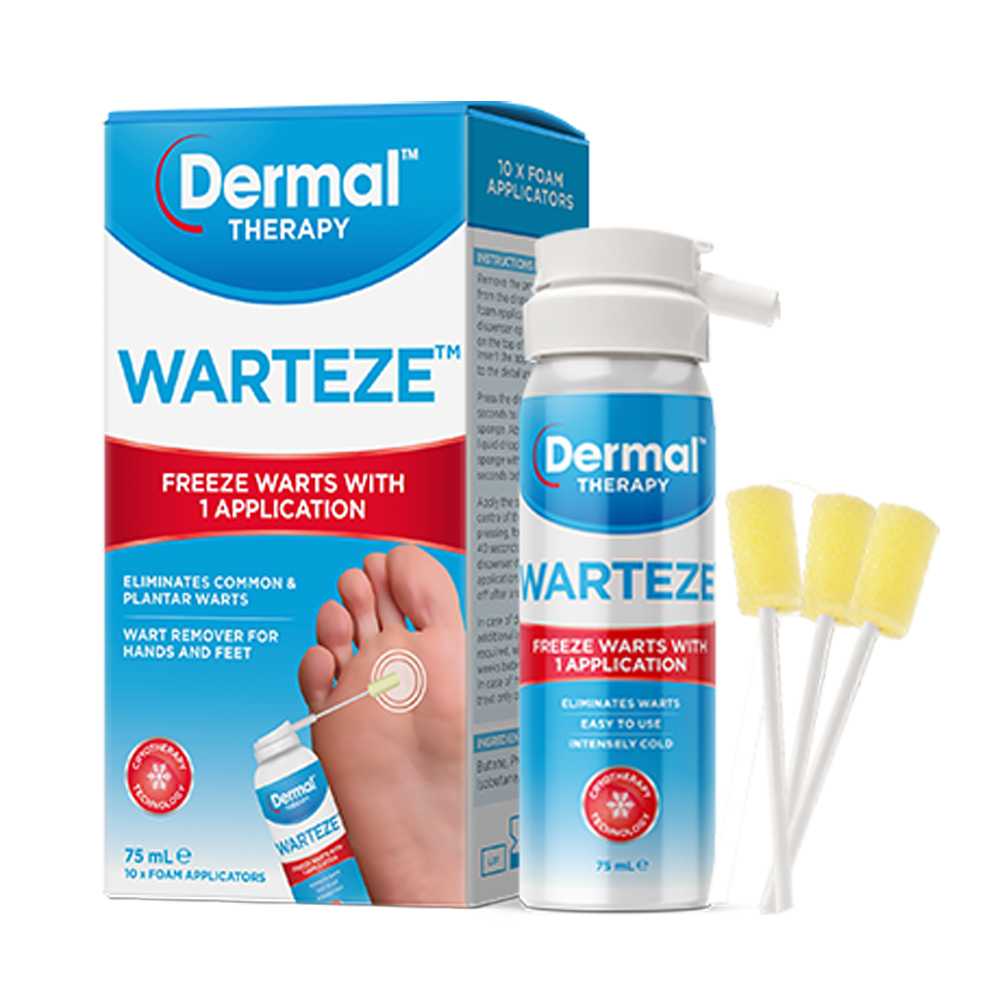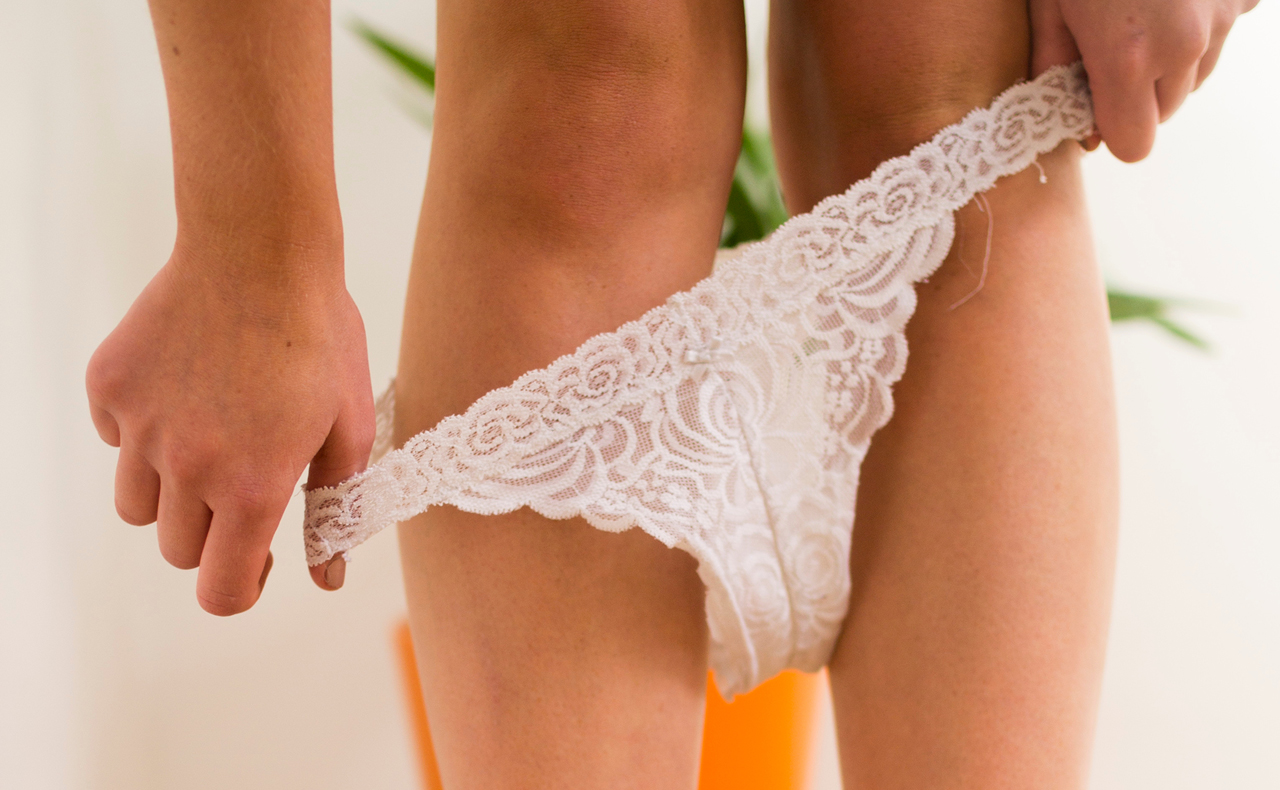Getting a wart is never fun. They can be irritating, painful, and continue to spread if not treated. While heading to your dermatologist is always the best option, there are a few ways to treat a wart at home.
And one of the most effective ways to do this?
With one of our favourite skin care ingredients — salicylic acid!
We spoke to dermatologist, Dr. Leona Yip, to find out how this go-to skin care product can be used to treat warts at home.
RELATED: 3 Foot Problems Solved
RELATED: Tips for Finding a Hygenic Nail Salon
“Salicylic acid in varying concentrations is commonly used as one of our first line wart medical treatments,” says Dr. Yip. “[It] is a keratolytic (exfoliating agent) that chemically pares or thins down thick scaly warts until they disappear, or make the warts more amenable to other treatments such as freezing (liquid nitrogen therapy).”
In addition to treating the wart itself, Dr. Yip explains that stronger concentrations of salicylic acid may actually create an immune response that attacks and destroys the wart virus itself.
Bonus!
However, salicylic acid may not work on all warts, like plantar warts which are larger and thicker. It should also never be used on genital warts.
In terms of application, there are a few tricks to ensure you’re getting the best results. Dr. Yip suggests applying salicylic acid directly on the wart and covering it with a dressing for the duration of the day. If you can’t commit to that, you can apply it before bed and leave on overnight.
Regardless of when you apply your salicylic acid however, she stresses the importance of applying it after a shower when the wart is damp and softer. This will help the wart “soak up” the salicylic acid better.
If you’re going to use salicylic acid to treat a wart at home, there are a few precautions to keep in mind. “SA may irritate surrounding normal skin,” says Dr. Yip. “Use SA with caution on sensitive skin areas e.g. face due to potential skin irritation, and in darker skinned individuals who are prone to skin discolouration as a side effect of treatment.”
You can help prevent these side effects by applying a greasy moisturiser or clear nail polish to the skin surrounding the wart prior to using salicylic acid.
Finally, if the wart doesn’t clear up after several weeks of treatment, Dr. Yip advises to see a doctor for more effective treatment. “Stronger salicylic acid concentrations available through prescription are usually more effective than over the counter preparations of lower strength.”
Have you tried an at-home salicylic acid treatment on warts? Do you have any treatments you recommend?





